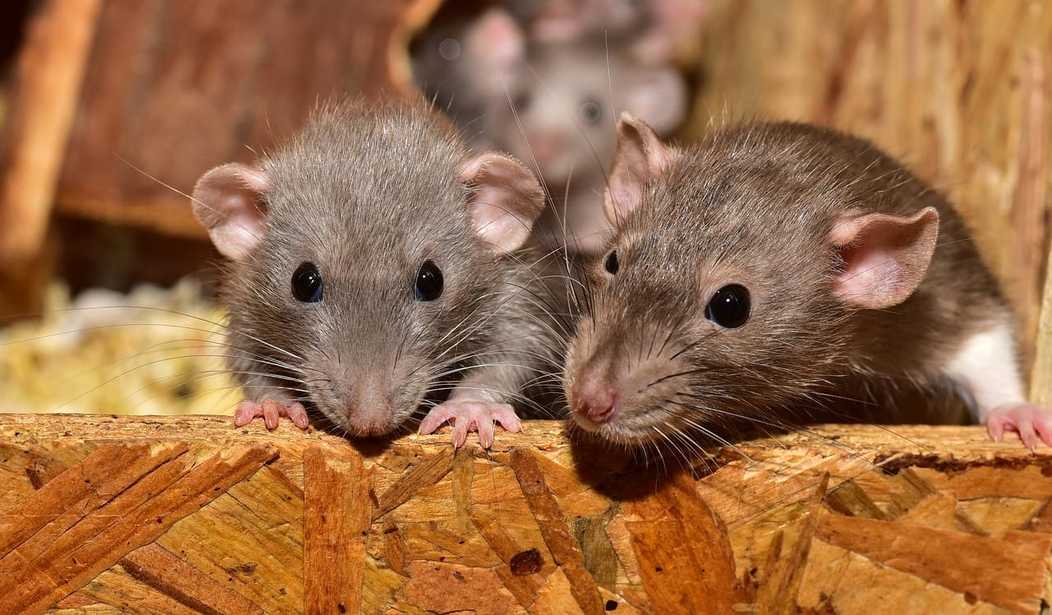I know, I know, I'm still an odd one to be writing about the state of America's urban areas. If you've been reading my work at all, you know I grew up in a rural setting in Iowa and am a content rural dweller myself now. I have little time for cities, despite having lived in them for four decades. I find them unpleasant; crowded, noisy, and, to be honest, they smell bad. I like the clean country air of the Susitna Valley, and if that means I have to put up with the occasional moose in the driveway, that's fine.
With that being true, why am I still worried about America's cities? Because our cities are the beating hearts of our nation. Much of the country's economic activity happens there. Urban areas contain a lot of the country's industry and academia. What's more, our cities used to be the pride of the nation, but that's not so much the case anymore. Rampant open-air drug use, huge homeless encampments, and rampant crime, including rioting against federal immigration officers, are taking their toll.
In fact, in this segment, the homeless crisis is on the plate as well - in a way. On Tuesday, we learned from pest-control giant Orkin (full disclosure: I worked as an inspector for Orkin for one summer, in 1987) that Chicago is no longer the rattiest city in the United States. The Windy City has been displaced in this dubious distinction by Los Angeles.
For 10 years, going back to the inception of the rankings, the pest control company Orkin rated Chicago the rattiest city in America. Orkin cited the city's abundance of alleys that provide rats with "hidden havens," and opportunities for rats to burrow under subway tracks and around underground pipes.
But Los Angeles has now dethroned Chicago in the rodent battle.
"With year-round warm weather, a booming culinary scene and dense neighborhoods that offer ample access to food and shelter, the City of Angels checks every box for rodent survival," Orkin said in a news release. "From bustling commercial corridors to hidden alleyways, Los Angeles' signature blend of glam and grit creates a perfect storm for rodent activity."
While Orkin and the attending story strike a humorous tone in all this, it's actually a serious issue; possibly deadly serious. There are two species of rats commonly found around people and their doings: The Norway or Brown Rat (Rattus norvegicus) and the Black Rat (Rattus rattus). Both are tenacious, both are fast-breeding, both are destructive, and both are major disease vectors. Rats can carry and spread Hantavirus, Leptospirosis, Salmonella, Tularemia, the West Nile virus, not to mention the plague, the Black Death that wiped out so many in Europe a few hundred years ago.
In other words, LA's growing rat population poses a significant threat to public health.
The elephant in this rat-infested room is Los Angeles' spreading homeless problem. These encampments couldn't possibly be better habitats for rats. They are strewn with trash, discarded food scraps, and provide literally millions of safe hiding places for the rodents. It's a rat utopia, not the sort of behavioral experiments, but the sort that fosters a burgeoning population of disease-bearing, destructive rodents. Besides the disease angle, these critters have even been caught chewing on electrical cables, which adds the possibility of fire to every other problem they bear.
Read More: The Downfall of America's Cities: Who Can Save Our Blighted Urban Areas?
So, what can be done about this problem?
The answer is, sadly, "Not much." Humans and rats have been contending with one another since time immemorial, and the best we've been able to manage is to fight them to a draw. Rats have accompanied humans everywhere we have traveled, save the Moon. When the day comes, if it comes, that humans start building large-scale habitats in space or even on other planets, it would be surprising if some rats didn't manage to catch a ride. Once they are established, they are pretty much impossible to wipe out; the more common Norway Rat breeds throughout the year, producing as many as five litters of up to 14 pups every year. Their gestation period is only two weeks, and the pups reach sexual maturity in about five weeks - at which point they start producing litters of their own, in a logarithmic progression. They typically only live three years, but in that time, they produce hundreds of pups.
Read More: The Downfall of America's Cities: Are Our Cities Self-Destructing?
There is one thing that can be done to at least reduce their runaway population growth: Clean up the homeless enclaves. Clear away those wonderful rat paradises that occupy too much of the City of Angels. Lo, those many years ago, when I worked for Orkin, the company that did this survey, hardly a week went by without the necessity of telling someone suffering a pest problem, be it rats, mice, or roaches, that I couldn't help them until they cleaned the place up.
That's the needful act here. Clean up the homeless encampments.
It's a sad state of affairs. The City of Angels is now the City of Rats. There can be no clearer sign of a city in decay than this.














